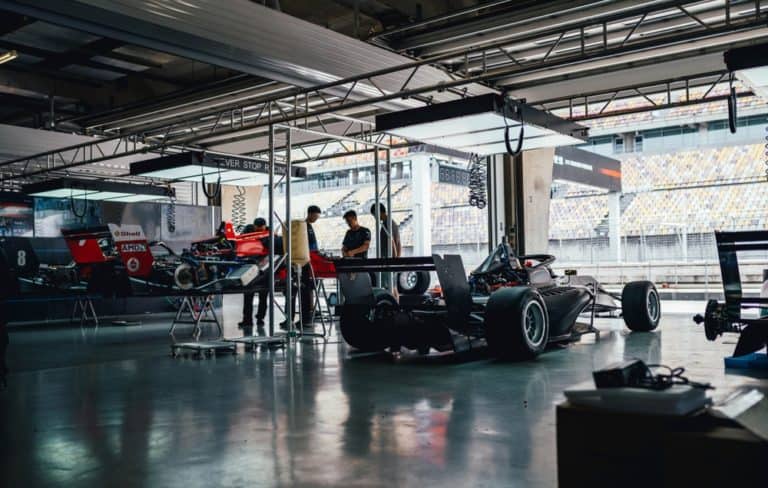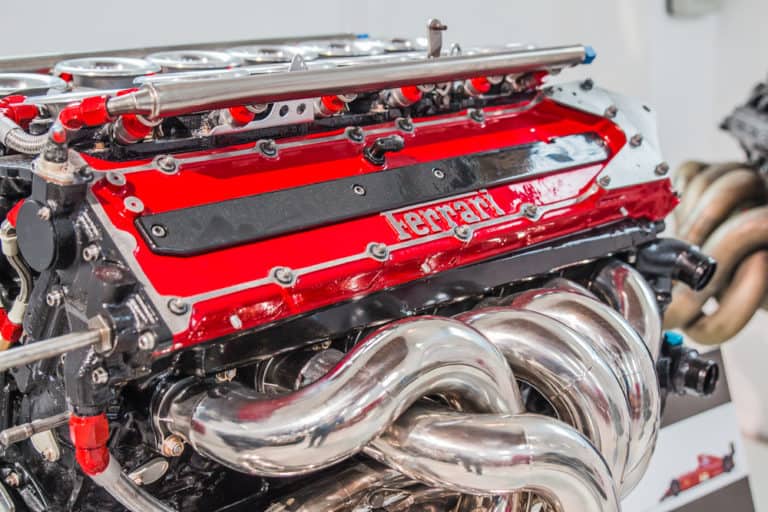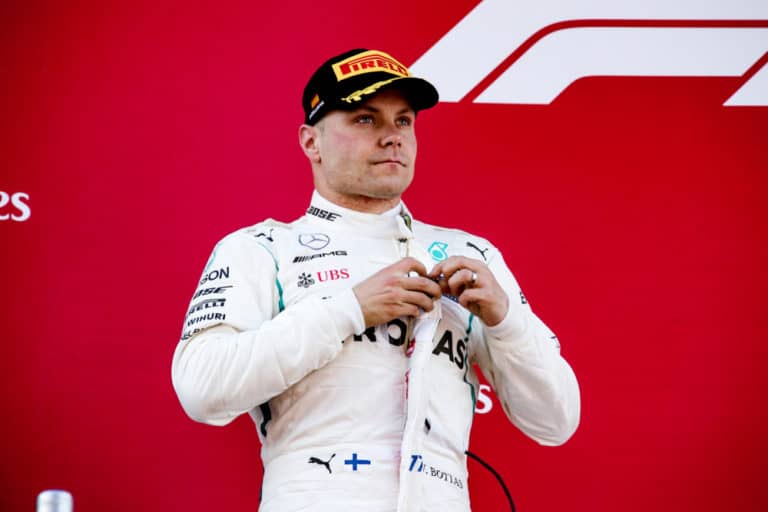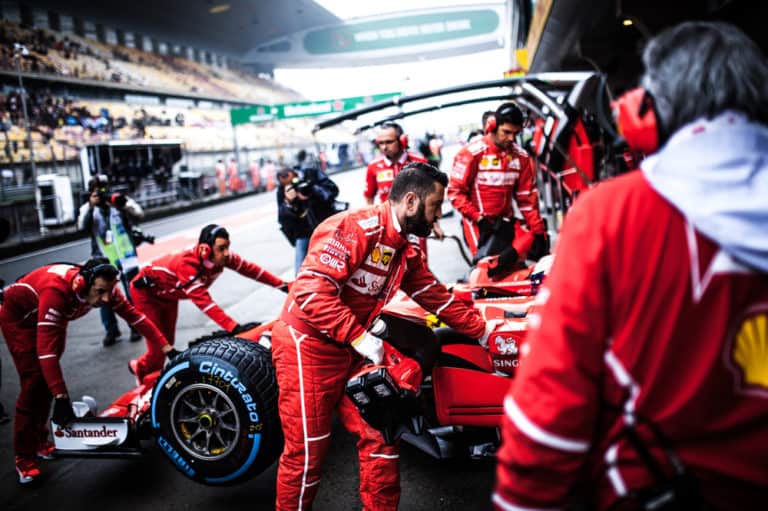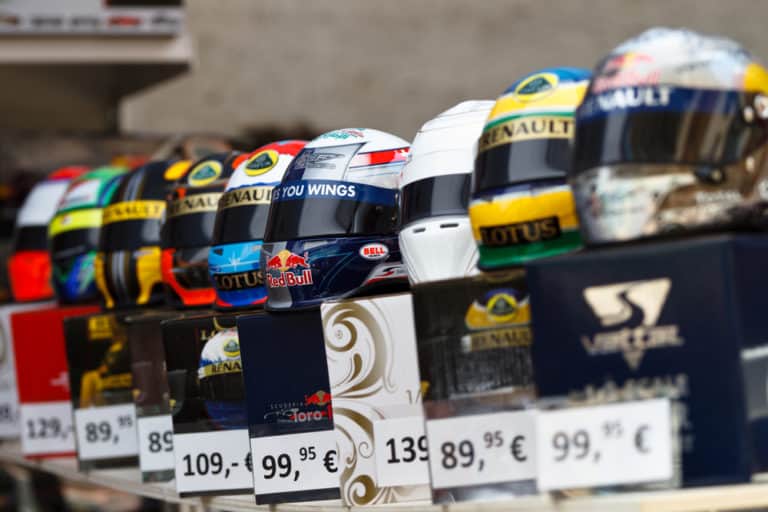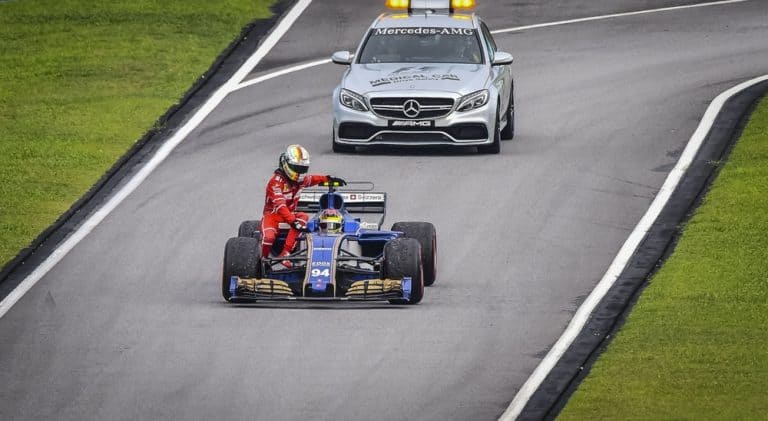Editorial credit: Hafiz Johari / Shutterstock.com
Formula 1 is one of the most popular sports in the world, with millions of fans who enjoy watching the races or attending a Grand Prix. However, many people don’t understand why it is so popular to watch cars go around and wonder: why do people like to watch F1?
Formula 1 is a frenetic spectacle in which the 20 best drivers in the world compete with the fastest cars in history, designed by the best engineers and mechanics, around some of the most exotic locations around the globe. Races are unpredictable, and anything can happen.
Let’s look at why Formula 1 is one of the most followed sports and why people like to watch it. They will not leave you indifferent!
1. The Speed
Formula 1 cars are the fastest cars in the world. No vehicle does faster lap times than Formula 1 cars. An F1 car can reach top speeds of up to 360 kph (224 mph) and corner like no other car due to the huge downforce they generate.
2. The Best Of The Best
In Formula 1some of the biggest car manufacturers compete, such as Ferrari, Mercedes, or Renault, who hire the best drivers and engineers to create incredibly efficient teams and, as we have seen, build the fastest cars in the world.
There are only 20 Formula 1 drivers, and the competition to get to the top is extremely high, so only the best make it. Likewise, teams only hire the most qualified personnel. Of all the people who aspire to make it to Formula 1, only a tiny percentage make it.
All this makes Formula 1 the so-called pinnacle of motorsport.
3. Racing Tracks & Venues
Formula 1 races at some of the most exotic and prestigious venues worldwide, such as Monaco, Miami, Monza, or Melbourne. Each Formula 1 circuit is different, with characteristics that make them unique and special, so each Formula 1 weekend is entirely different.
Urban circuits such as Monaco or Singapore run through the city streets, where the barriers are very close. It is fantastic to see how F1 cars race around them and other permanent race circuits with the best infrastructure and facilities.
4. Technology, Development & Evolution
Behind every Formula 1 car is a great deal of science and engineering. F1 cars are the most technologically advanced and are true works of art in terms of aerodynamics and design, with thousands and thousands of hours behind every little detail.
That’s why Formula 1 is at the forefront of technology and development, and many of the innovations we see today in road cars come from the category. Car manufacturers test things in Formula 1 that they can apply to their road cars if they work.
This also means that the teams are constantly evolving, causing them to vary in performance yearly. To be better, faster, smarter, and more efficient is the true spirit of Formula 1, which constantly evolves.
5. Strategy & Teamwork
Formula 1 racing is not just about being the fastest; for each race, the teams have to prepare different strategies. There are different types of tires with different durations, so drivers and teams have to discuss how many stops to make in the race to lose as little time as possible.
This makes each team and driver prepare different strategies that can work better or worse, which gives more variety to the races, and even more so if the weather is changeable. It is a team sport, so if a driver wins, so does the team, and vice versa. Some strategies make you win races, while others make you lose them, so it is an essential aspect.
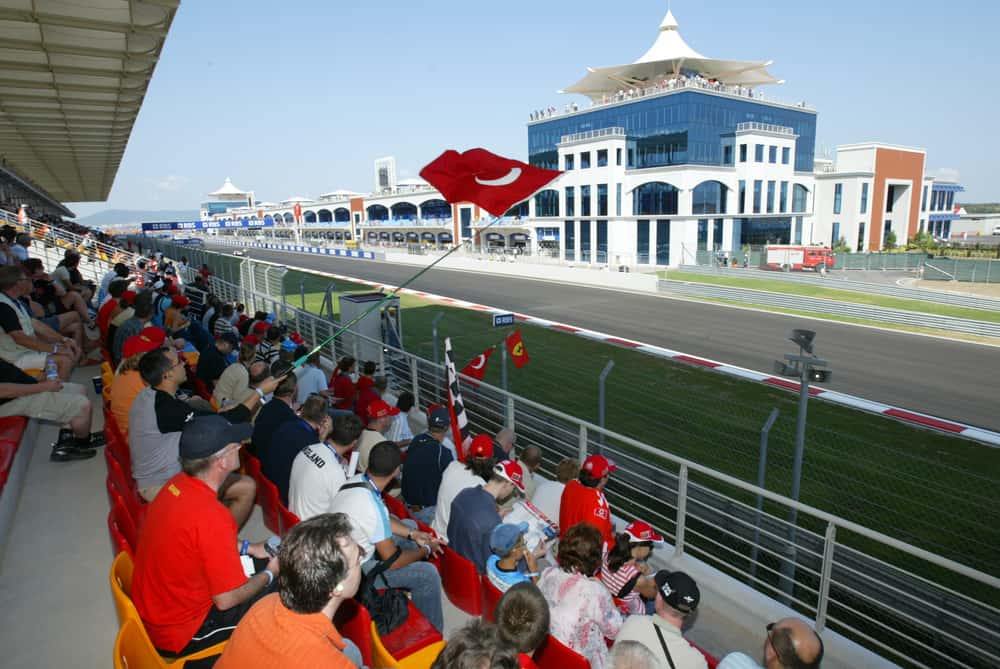
6. History and Traditions
The first Formula 1 championship was in 1950. Since then, the category has constantly evolved but has continued to have the same spirit. Some of the sport’s greatest legends have been enshrined in Formula 1, serving as examples for the following generations.
7. Drama & Rivalries
The competition in Formula 1 is extremely high. Teams and drivers are fighting for the world championship, earning a place in the history books, and gaining prestige. In their heads, they all believe they are the best.
This gives rise to many rivalries between teams and drivers, causing stories, dramas, and controversies that go down in history. James Hunt vs Niki Lauda, Ayrton Senna vs Alain Prost, or Lewis Hamilton vs Max Verstappen are just a few examples.
8. High-performance Athletes
Formula 1 is a very physically demanding sport. Therefore, Formula 1 drivers are true athletes who must train hard to drive these cars at such speeds and withstand the incredible G-forces.
Formula 1 drivers must train strength and endurance to endure the almost two-hour race, with special attention to the arms, core, and neck. In a Formula 1 race, they can lose up to 3 kg of sweat and end up very tired.
9. The Uncertainty
In Formula 1, you never know what is going to happen. Although there are times when there are dominant teams or drivers, anything can happen in the races. Accidents, mechanical failures, changing weather… nothing is decided until the finish line.
On many occasions, it seemed that the race’s outcome was already decided, but suddenly something changed it completely. The 2021 Abu Dhabi Grand Prix and the 2008 Brazilian Grand Prix are just two examples of how the title changed hands in a few seconds.
Conclusion
Formula 1 is a complex sport that can be enjoyable if you know some basic concepts. The cars, circuits, drivers, and teams are the best in motorsport, and everything is studied in detail to offer the maximum spectacle.
It can be a bit intimidating to start in this, but from here we recommend you to give it a chance, because since we fell in love with this sport it has never disappointed us, and it always has things to offer us. It is a form of entertainment from which you can learn many valuable things.

